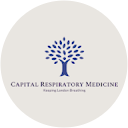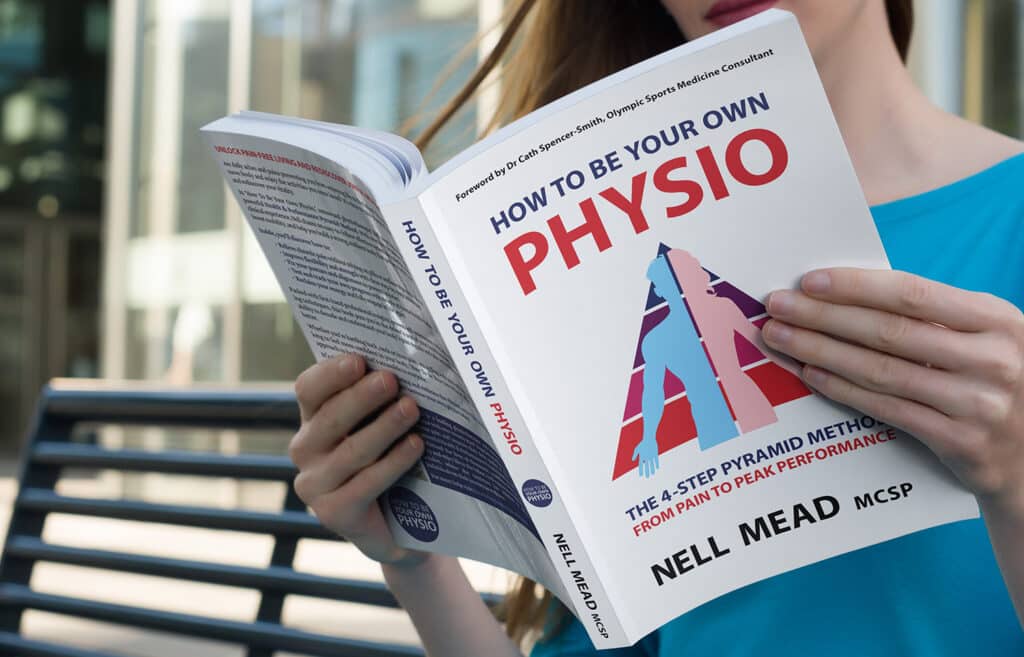Shoulder pain is a pretty common problem, with the dominant shoulder more frequently being affected. It is often the cumulative result of habitual poor posture — or the result of habitually trying to force yourself to achieve “good” posture when you have muscle imbalances. Essentially, the problem exists because your joints and muscles tighten up when you do not use and move them enough.
Generally speaking, body parts do not work in isolation, and this problem is no exception: shoulder pain often starts in the thoracic spine and ribs.
I often visualise the ribcage as being a bit like a cattle grid, with the shoulder blade as the car driving across it. If the “cattle grid” is tight and wonky due to habitual bad posture, then there’s more resistance, and therefore the “car’s engine” (the muscles that attach to the shoulder blade) have to work harder to overcome that resistance.
The excessive muscle tension then affects the shoulder girdle — the attachment of the arm to the body which includes the shoulder joint itself (glenohumeral joint) plus the attachments of the collarbone (sternoclavicular and acromioclavicular joints) and the muscular interface between the shoulder blade (scapula) and ribs (scapulothoracic interface).
Many of the muscles that attach to the ribs and shoulder blades originate in the neck, and they respond to the rib stiffness by contracting in spasm — most notably the upper trapezius and levator scapulae muscles. This causes the natural curve of the neck to shorten, and you end up poking your chin out to accommodate the shortened neck muscles, resulting in a cramped, painful neck, and often in a headache. (As I blogged last week, many headaches that are diagnosed as migraines are simply the result of over-tight suboccipital muscles — the muscles between the base of the skull and the top of the neck.)
The good news is that with a thorough programme of soft tissue stretches and joint mobilisations — most of which you can do for yourself — you can treat both the pain (the symptom) and the underlying cause (the tightness) and thus prevent the shoulder pain from recurring.
What should I do?
Bear in mind that there are four areas that we really need to work on here: the thoracic spine, the ribs, the shoulder girdle and the neck. You are likely to get a less satisfactory result if you only work on one. These are the effects you are aiming to achieve:
Thoracic spine: Mobilise your thoracic spine. This is the solid foundation on which the neck sits. If the thoracic spine does not move properly, then it is unlikely that the neck will function well either.
Ribs: Mobilise your ribs. This will allow your shoulder blade to glide over them freely and normally, which is vital for good shoulder control. When the ribs are mobile, the neck muscles which attach to the ribs are more likely to be able to relax and thus to function properly, as if muscles are unable to relax, then they are also unable to contract effectively.
Shoulder girdle: Stretch the capsule of the shoulder joint. The shoulder is a ball-and-socket joint. When the capsule is tight, the head of the humerus (the ball) tends to sit too far forward in the glenoid (the socket). This places the tendons of the rotator cuff (the muscles which control the shoulder and hold the ball in the socket properly) under strain. Stretching the capsule allows the humerus to sit correctly in the glenoid, effectively de-stressing the shoulder joint and allowing it to take up its normal role.
Neck: Your neck should be able to move in every direction: flexion (chin to chest), extension (looking at the ceiling), side flexion (ear to shoulder) and rotation. This keeps the joints healthy and the muscles functioning well.
Want to know how? Our online programme, Exercises for Desk Workers, is a good start — or we have lots of videos on our YouTube Channel, including the Nell Mead Guide to Great Posture. Or, if you’d like an individual assessment of your shoulder, why not pop in and see us — just click here or call us on 0207 175 0150.







